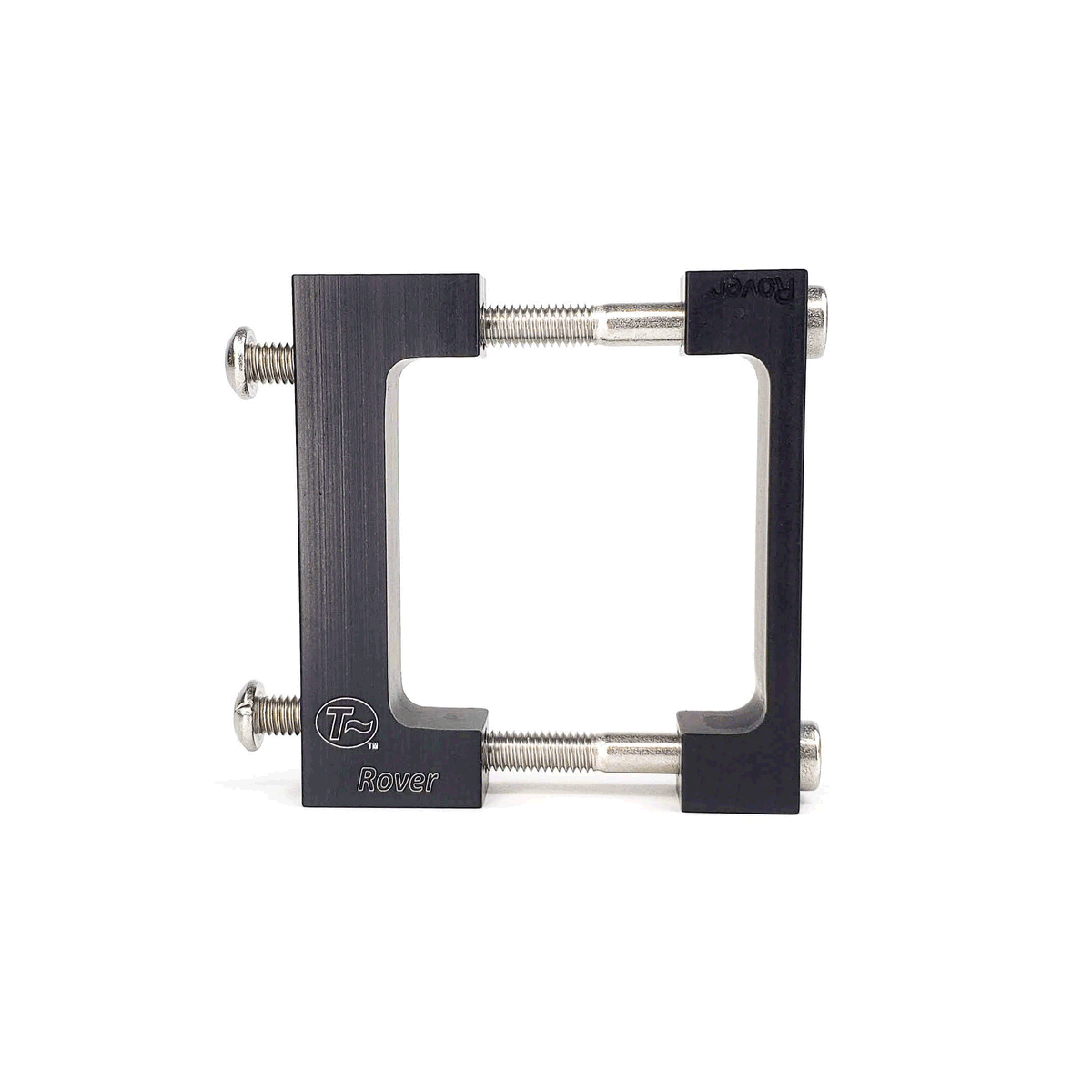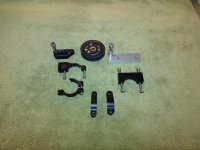Do you mean proven for generations at the highest levels of competition? I think that must be what you mean.
I've broken a couple of square taper spindles, but I'm the size of two cycle gladiators and I was quite strong in my day.
Structurally, big diameter spindles make more sense, but nobody has yet come up with bearings for them that equal the endurance of the ones in square taper BBs.
I use "heavy, outdated" BMX 3-piece cranks for most of my bikes. 19mm and 22mm solid CrMo steel spindles.
Well 26" tires were proven for generations too, but you are not going to see them very much now offroad. I do agree that 26x4.0 is fine for a fat bike w/o suspension. 2.5 or below is simply not going to cut it offroad when things get chunky.
Clipless pedals were 'proven' offroad for a long time back in the day, but unless someone is in a race and wants to win some 30-mile competition by 20 seconds, all they do is keep you glued to the bike during a crash. And on a 50 lb e-bike, that could be really dangerous. They also contribute to knee problems because there is no 'rest' during the pedal's upswing.
Old habits die hard. Including the square-tapered spindle. Hey, if someone is using 2000W and they need heavy-duty parts, so be it. Modern cranksets can be had now for not much over $100 USD and they are about 10 times easier to work with. Not to mention significantly lighter. Again, if you need heavy-duty parts, I get it. I don't need them. I need something that's lightweight and efficient, and if there is a problem, I can fix it in 10 minutes with lightweight tools I have in my pack.
I see these $2500 e-bikes out there for sale with mid-drives, looking at the components to see if the whole bike is worth buying or not. Almost every time I see that they come with square-tapered cranks and quick-release wheels. Look...I'm still riding a bike like that. Eventually I'll donate it, throw it in the trash, or put it in some friend's garage or something. Yes I still ride those kinds of bikes. But even for an e-bike...modern, lighter parts can make a real difference over the course of the bike's life. You may have a blast for a while with a heavier e-bike that has cheap/old components, but after a while someone like me grows tired of their problems and the inability to upgrade them, as in thru-axled wheels. If someone can live with those older parts, great. I want to emphasize that I'm not advocating everyone to buy a $10,000 e-bike. Just saying that it doesn't cost much more money to get components that are newer, efficient, user-friendly, and lighter weight.



